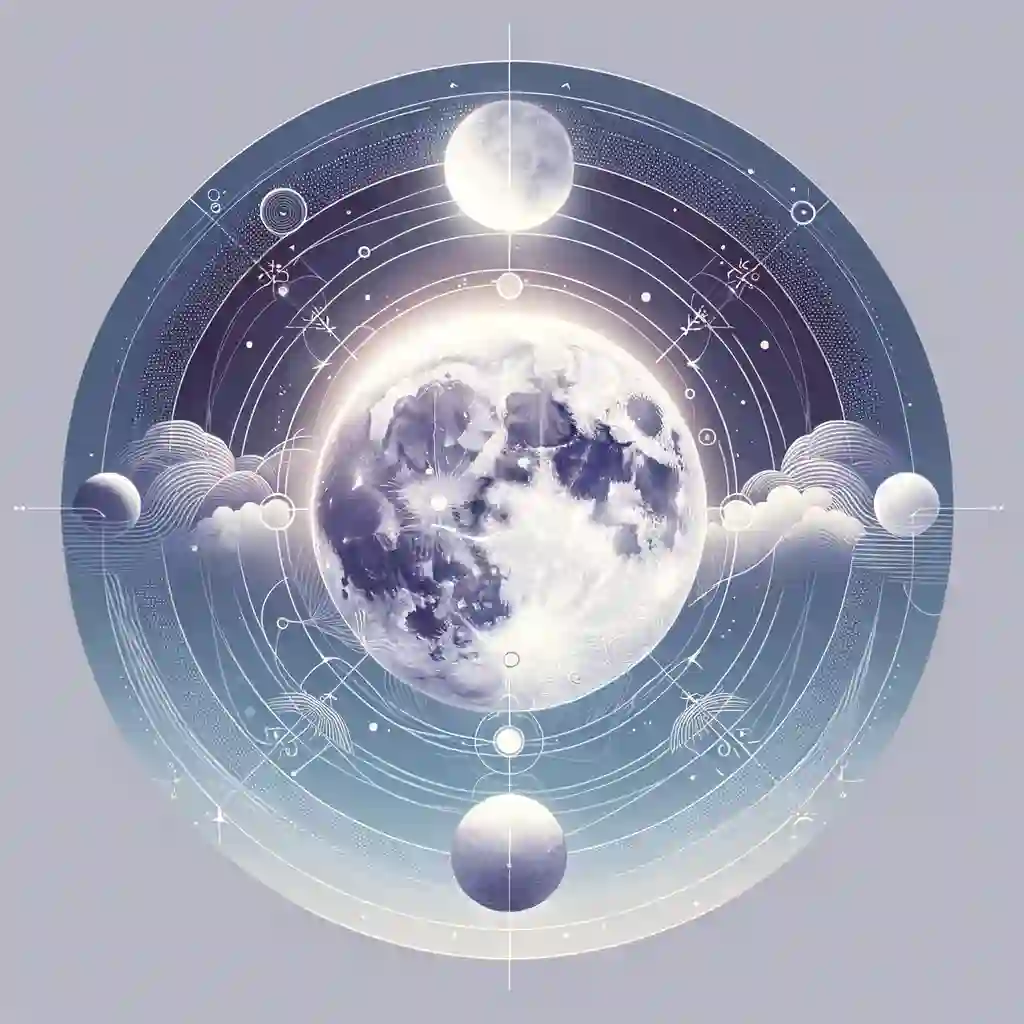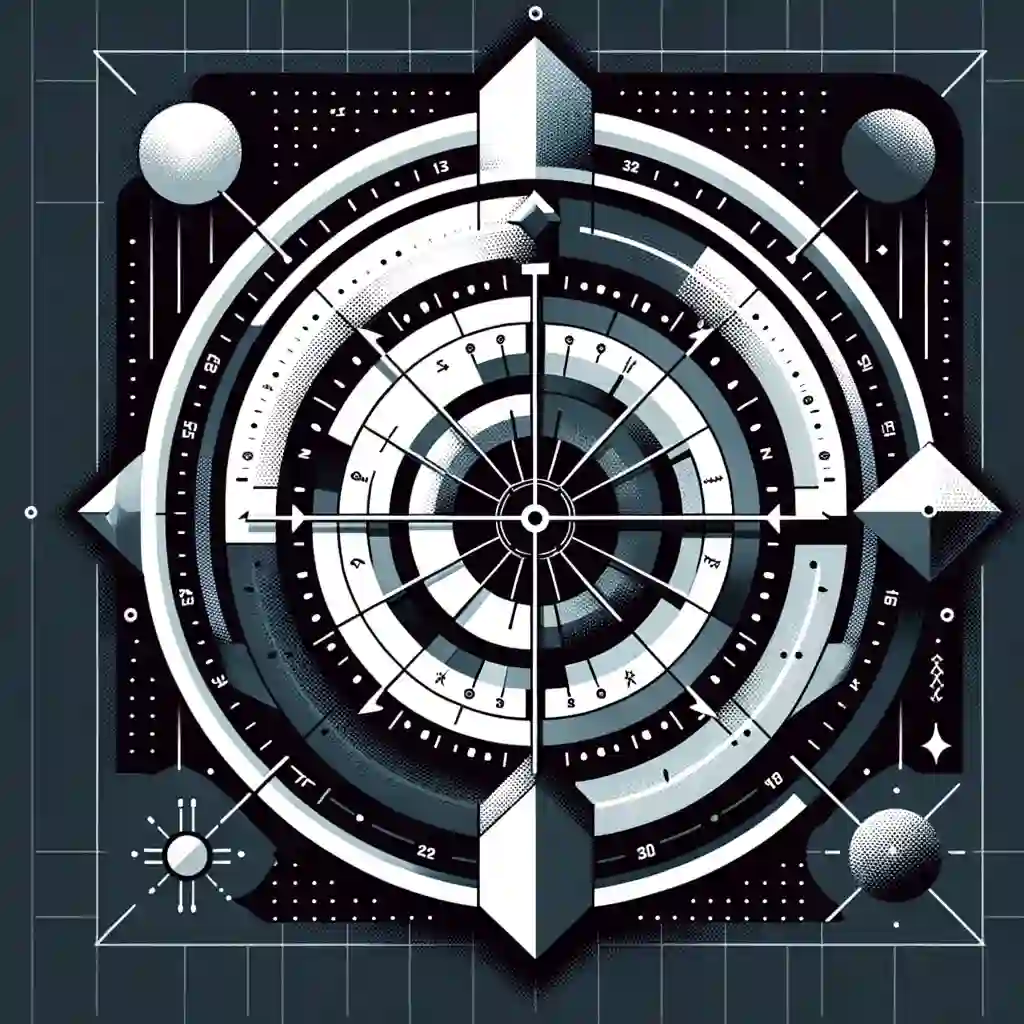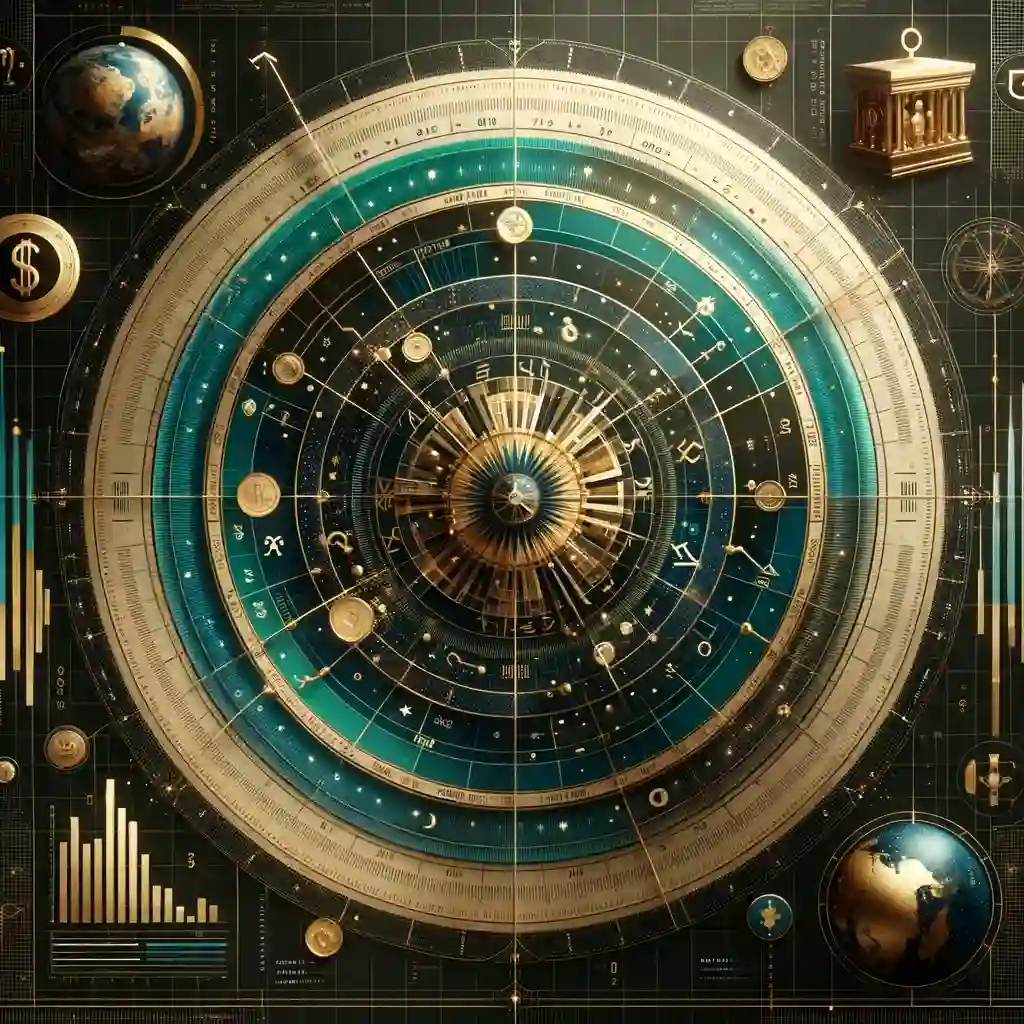In the vast cosmos of astrological analysis, the Moon Chart, also known as the Chandra Kundali in Vedic astrology, holds a special place for its deep exploration of the emotional and intuitive dimensions of human life. This unique chart, centered around the Moon’s position in the natal chart, offers profound insights into an individual’s emotional nature, subconscious tendencies, and the nurturing aspects of life. This blog post delves into the Moon Chart, highlighting its significance, methods of interpretation, and the rich, introspective guidance it provides.
Unveiling the Moon Chart
The Moon Chart repositions the astrological landscape by placing the Moon at the Ascendant, or the first house, transforming the way the chart is read and interpreted. This shift emphasizes the Moon’s influence, casting a spotlight on the inner world of feelings, instincts, and emotional security.
The Moon’s Role in Astrology
In astrology, the Moon symbolizes the heart of our being – our emotional core, instincts, and the unconscious mind. It represents our deepest needs, the way we nurture and wish to be nurtured, and our innate, intuitive responses to the world around us. The Moon Chart, therefore, becomes a key to unlocking:
- Emotional Well-being: Insights into the nature of our emotional health and ways to achieve emotional balance.
- Intuitive Strengths: The chart sheds light on the areas of life where intuition and instinct play a pivotal role.
- Nurturing and Care: It reveals how we nurture others and the kind of care and support we seek in return.
Interpreting the Moon Chart
The Moon Chart is interpreted by analyzing the positions and aspects of other planets in relation to the Moon-placed Ascendant. Key elements include:
- Planetary Aspects to the Moon: The relationships other planets form with the Moon are crucial in understanding emotional responses and subconscious motivations.
- Moon-Occupied House and Sign: The house and sign occupied by the Moon provide foundational insights into the native’s emotional nature and instinctual behaviors.
- House Placements: The distribution of planets from the Moon’s perspective highlights areas of life that are deeply influenced by emotional and intuitive undercurrents.
Practical Applications of the Moon Chart
The insights gleaned from the Moon Chart have various practical applications, such as:
- Personal Development: Understanding one’s emotional and intuitive landscape can guide personal growth and emotional healing.
- Relationship Insights: The Moon Chart can illuminate the emotional dynamics within relationships, offering guidance for deeper connections.
- Decision Making: Recognizing the strength of one’s intuition can empower more aligned and instinctive decision-making processes.
Complementing the Moon Chart with Other Astrological Tools
While the Moon Chart offers valuable insights on its own, it is often used alongside the main birth chart (Lagna Chart) and other divisional charts for a holistic astrological understanding. This comprehensive approach allows for a multi-dimensional exploration of an individual’s life, considering both the outer circumstances and the inner emotional and intuitive currents.
Conclusion: Embracing the Lunar Wisdom of the Moon Chart
The Moon Chart invites us on a journey inward, to the depths of our emotional and intuitive selves. It serves as a reflective mirror, revealing the ebbs and flows of our inner tides and guiding us toward emotional understanding and intuitive clarity. In the journey of self-discovery and personal growth, the Moon Chart emerges as a luminous guide, illuminating the path with the gentle, nurturing light of the Moon. Whether seeking emotional balance, deeper relational connections, or alignment with one’s intuitive wisdom, the Moon Chart offers a rich tapestry of insights, woven from the delicate threads of the Moon’s celestial influence.


